What Is Deep Sleep?
Unlike Rapid Eye Movement (REM) sleep, deep sleep is characterized by slow eye movement and a downstate that allows your neocortical neurons to rest. Experiencing deep sleep each night is absolutely essential for waking up refreshed and feeling energized during the day. Sleep & Brain Detoxification
Importance of Melatonin
Melatonin helps to clean environmental toxins and other pathogens from your brain.
Improving Deep Sleep Here a few suggestions:
1. Good Sleep Habits A 2016 review published in Sleep has found that going to sleep and waking up around the same time supports your body’s circadian rhythm, or natural wake-sleep cycle
2. Reduce Stress & Practice Gratitude
3. Get Sunlight During the Day
4. Regular Movement & Exercise
5. Reduce Blue Light Exposure at Night
Dim your light in the evening. Use specific light dimming night bulbs. To reduce blue light exposure from your computer, laptop, tablet, phone, and other electronics, use blue light blocking glasses. Even if you are using these blue light blocking glasses, it’s important that you turn off your electronics at least two hours before sleep, reduce stimulation, relax, and unwind your body and mind. 6. Blackout Your Room
7. Balance Your Blood Sugar
8. Improve Nasal Breathing
Knowing how you breathe at night can be difficult to know since you are sleeping. If you are dealing with congestion, nasal breathing can also become more difficult. 9. Reduce EMF Exposure
Regular EMF exposure can lead to an array of symptoms and health issues. According to a 2012 study published in the Iranian Journal of Environmental Health Science and Engineering, even low EMF exposure can interfere with sleep quality.
10. Optimize Magnesium Levels
Most people are deficient in magnesium and can benefit from supplementation. I recommend using Ancient Minerals Magnesium Lotion with Melatonin and Mag Sleep or Brain Calm Magnesium for better sleep. You may also add some magnesium-rich foods, like greens, avocados, nuts, and seeds, to your diet. Source - click here.
0 Comments
With some of us stuck at home bored or indoors at work, overwhelmed, and in close proximity to the a kitchen or fast food, snack attacks were bound to happen. Are we surprised? Snacking is not always a problem. Yes, intermittent fasting is great and works, and snacking is widely maligned in the ancestral health world at large.
If you're stuck snacking, here are a few things to consider: 1. Set Up Your Environment for Success
2. Practice Mindful Snacking
3. Restructure Your Meals
4. Choose Supportive Snacks
5. Try “Movement Snacking”6. Take a Nap
Best Herbs To Support Healthy Blood Sugar Levels Eating a healthy, nutrient-dense diet low in carbs and low in Advanced glycation end products (AGEs) is key for supporting healthy blood sugar levels. Additionally, you can use some specific herbs that have been shown to support healthy blood sugar levels. Here are a few great herbs for healthy blood sugar levels:
Source article and all study links - click here.
10 Signs Of Magnesium Deficiency
Below are 10 signs that clue as to whether or not someone has a magnesium deficiency. 1. Poor Cognitive Processing
2. Headaches & Chronic Migraines
Much of this has to do with magnesium's ability to help regulate calcium balance within neuronal cells. Too much calcium can lead to neurotoxic effects where the brain cells are overstimulated and this is a major factor in headaches and migraine formation. 3. Constipation & IBS
4. Fatigue
5. Insomnia
6. Muscle Spasms & Cramping
7. Chronic Pain & Fibromyalgia
8. Heart Arrhythmia
9. Numbness and Tingling
This effect has been highlighted in research showing protective properties against peripheral neuropathy induced by certain cancer therapies. 10. Mood Disorders
Ways To Support Magnesium Levels 1. Magnesium Rich Foods As with most nutrients, always start with your diet. There are plenty of great food sources of magnesium that are easy to incorporate into your daily life. Some of my favorites are:
Picking a few high-magnesium foods and consuming them on a regular basis. For example, use avocados to make avocado chocolate protein pudding and eat it for lunch! 2. Epsom Salt Baths
3. Supplemental Magnesium When it comes down to it, our food supply just isn’t what it used to be. Industrialization and poor attention to soil quality has depleted our soil of vital nutrients that used to be passed into the food we ate. Although we are starting to wake up to this fact and make more conscious efforts to create nourished farming conditions, our food is still lacking in the nutrition our bodies need. More details and references - click here.
What is the Thyroid Gland & How It Works
A normal thyroid gland weighs everywhere between 20 and 60 grams (0.7 to 2.1 ounces). Our thyroid is responsible for producing the master metabolism hormones that control every function in our body. It produces two hormones:
What Affects Thyroid Health & Ways to Strengthen It 4 Things That Can Affect Our Thyroid Health These are some key causal aspects that can ruin our healthy thyroid function: Gluten sensitivity can cause our gastrointestinal system to break down, so foods we eat aren't completely digested, which may lead to leaky gut syndrome, allowing bacteria and other toxins to enter our bloodstream. This link becomes more apparent as one study highlights a connection between autoimmune thyroiditis and celiac disease, a gluten-related autoimmune condition that damages our small intestines. There are studies explaining the danger of soy foods such as their anti-nutrients, impact on digestive health and goitrogens that affect thyroid function. Properly or traditionally fermented, organic, non-GMO and unprocessed soy products such as natto, miso, and tempeh are fine - it's the unfermented soy products we should stay away from, like soy "meat," soy milk and soy cheese. When we ingest or absorb bromine, it displaces iodine, and this iodine shortage leads to an increased risk for cancer of the breast, thyroid gland, ovary and prostate cancers that we see at alarmingly high rates today. This phenomenon is significant enough to have been given its own name: the Bromide Dominance Theory. In addition, when food becomes tainted with bromine, it may cause nausea and vomiting. Bromine can be found regularly in a number of places, including:
Many of us are almost always under chronic stress, which results in increased adrenal stress hormones and cortisol levels, and elevated cortisol has a negative impact on thyroid function. Thyroid hormone levels decrease during stressful times. When stress becomes chronic, the flood of stress chemicals, adrenaline and cortisol, produced by our adrenal glands interfere with our thyroid hormones, causing a whole range of health-related issues like obesity, high blood pressure and high LDL cholesterol. It also affects our glucose metabolism. Best Weapon Against Thyroid Problems
Some noteworthy examples include:
The Total Diet Study, performed by the FDA, reported an iodine intake of 621 micrograms for 2-year-olds between 1974 and 1982, compared with 373 micrograms between 1982 and 1991. One probable reason for the reduced iodine intake through the years is its disappearance from our food supply because of iodine-deficient soil How to Increase Your Iodine Levels Naturally Sadly, up to 30% of the population worldwide could be at risk for iodine deficiency. In fact, iodine deficiency is one of the three most common nutritional deficiencies, along with iron and vitamin D. Here are some helpful strategies to increase our iodine levels naturally:
Simple Steps We Can Do to Improve Our Thyroid Health Here are simple ways that we can take in order to improve the performance of our thyroid:
Let's connect if you have any questions.
...Unexpected signs and consequences exposed About 60 percent of you is made of water. Since your body needs water to perform hundreds of basic physiological functions, it's imperative to continually replenish yourself through adequate fluid intake. Indeed, dehydration is a major health risk, and particularly for older adults.
Now, there's no single answer to the question: "How much water should I drink?" But a good starting point is about half of your body weight in ounces. For example, at 200lbs, you should drink about 100oz of water every day! To optimize your health and avoid dehydration, you might need more or less than this, depending on your activity level.
Not drinking enough water tends to hit the older population MORE, here are 3 often-ignored warning signs to look out for.
Be aware of these 3 often overlooked signs of dehydration in older adults:
Let's connect if you have any questions.
Your immune system is a complex system that protects you from viruses, bacteria, parasites, and other pathogens. It is a complex system that’s essential for your health and survival. As we face more stressful experiences it is even more important to strengthen your body with good immune support strategies. The 12 strategies below are not supported by the FDA as a treatment for any health condition. But they can be highly supportive for your body’s overall wellness. What is the Immune System If you want to understand your immune system, imagine a network of cells and tissues spread throughout your body involving your cells, tissues, and organ. Your immune system is on a constant lookout for invaders and ready to attack and protect you through a so-called immune response. It is your defense system and inner-army of protection. Immune Response Process Antigens are any substances that are considered to be an invader. They prompt an immune response. They include viruses, bacteria, fungi, toxins, or other foreign materials. When your B lymphocytes, or B cells, spot an antigen, they release antibodies. Antibodies are part of the immunoglobin family and are a type of protein that can lock antigens.
Immune System Problems
Hypersensitivity Hypersensitivity means that your immune system overreacts to something and damages healthy cells. Anaphylactic shock due to an allergen is one example of this. Even if you don’t have any of these immune system problems, unhealthy lifestyle and dietary choices, toxins, and stress can weaken your immune system and thus compromise your immune system response making you more vulnerable to illness and making recovery more difficult. Supporting a Balanced Immune Response Your T cells help to coordinate immune regulation and kill compromised cells. However, T cell function decreases as you age and lowers immunity, especially in older adults. This is why respiratory infections, influenza, and pneumonia cause more risk and are among the leading causes of death in those over 65. Unhealthy lifestyle choices, including an inflammatory diet, lack of exercise, smoking, inadequate sleep, chronic stress, and improper hygiene can also compromise your immunity and make you more prone to disease. Supporting a balanced immune response is critical for your health and well-being. The good news is that it is never too late to start making dietary and lifestyle changes to support proper T cell function and immune regulation. Top 12 Immune Support Strategies
Be Grateful & Positive
Engage in uplifting activities, such as dancing in your living room, playing with your kids or pets, watching a comedy, listening to music, or reading your favorite book. Say a prayer or practice any spiritual activities that feel right for you. If you need help in developing a positive mindset, seek help from a counselor, therapist, or life coach. Prioritize Good Sleep For Immune Support Avoid electronics and instead try board games, reading, relaxing music, crossword puzzles, crafts, coloring, meditation, and journaling. Make sure your bedroom is a safe sanctuary with a comfortable bed, bedding, and pillows. Avoid Sugar & Processed Foods
Practice Intermittent Fasting For Immune Support
Consume Immune Support Enhancing Foods Use mint, low glycemic index fruits including lemon, lime, and berries, healthy fats including avocado, coconut oil, extra virgin olive oil, grass-fed butter, and ghee, clean protein including grass-fed beef, free-range poultry and eggs, wild-caught fish, and wild boar, fermented foods including kimchi, sauerkraut, and kefir, and medicinal mushrooms including reishi, cordyceps, and turkey tail. Choose home-cooked meals whenever possible. Fresh Air, Sunshine, and Grounding
Be sure to step outside and spend time in your garden, yard, balcony, or street in front of your house or apartment as much as you can. Open the windows to let the fresh air in. Grow some plants to allow nature to be present inside. Go for a walk or a jog while keeping the recommended social distance in order to uplift your spirit and improve your immune system during this time. Regular Movement & Exercise Mix up cardiovascular exercises, such as walking, running, biking, or dance, as well as resistance and strength training including weight lifting, CrossFit, TRX, and pilates. High-intensity interval training (HIIT) provides the benefits of both. Good Hydration & Drink Herbal Teas
Optimize Vitamin D Levels
Take Probiotics & Digestive Enzymes Your gut health and immune health are interconnected. Keeping your gut microbiome balanced is absolutely critical for a healthy immune system. Use Vitamin C & Zinc For Immune Support Foods that are rich in zinc include spinach, pumpkin seeds, salmon, and grass-fed dairy. Use an Infrared Sauna For Immune Support Infrared saunas have countless health benefits. They support detoxification, improve immune health, reduce stress, and improve energy.
Source - click here Your immune system is your body’s defense system and works to fend off bacteria, viruses, fungi, parasites, and toxins. Unfortunately, our world is full of toxins that can compromise your immune system and increase your risk of infections, illness, and disease. Fortunately, there are some natural support strategies that support detoxification, weakened immunity, and your health. You will learn how toxins may disrupt your immunity. You will learn about the top 7 toxins that may weaken your immunity. You will learn the top tips to detox and support healthy immunity. Importance of Healthy ImmunityYour immune system is an incredibly important system. It is your body’s defense system, it is your friend, your protector, and your personal bodyguard. Your immune system’s job is to protect you from infections and health problems caused by viruses, bacteria, fungi, parasites, and toxins.
How Toxins Disrupt Immunity
Top 7 Toxins That Weaken Immunity Knowledge is your first step to recovery and health. You must know the sources of various toxins that impact our body and weaken immunity. While it is impossible to avoid exposure to these thing all together, it is critical to minimize your exposure and open up your drainage pathways to eliminate these chemicals from your body. Let’s learn more about the top 7 toxins that may weaken your immunity. 1. Glyphosate
2. Mold & Mycotoxins
3. Phthalates Phthalates are a group of chemicals that are incredibly toxic and weaken immunity. They are the most commonly found cosmetics but may be found elsewhere. According to the US Food and Drug Administration (FDA), they are “used in hundreds of products, such as toys, vinyl flooring and wall covering, detergents, lubricating oils, food packaging, pharmaceuticals, blood bags and tubing, and personal care products, such as nail polish, hair sprays, aftershave lotions, soaps, shampoos, perfumes, and other fragrance preparations”. 4. Heavy Metals
Some common heavy metals that you may encounter include lead found in lead-containing paint, contaminated municipal tap water, cosmetics, contaminated food, and tobacco products, arsenic, found in pesticides, commercially grown produce, apple juice, rice products, glass work, smelting, and semi-conductor production, mercury, found in larger seafood, dental amalgam silver tooth fillings, and some vaccines, cadmium, found in tobacco, metalworking, soldering, battery manufacturing, and contaminated foods, aluminum, found in some vaccinations, antiperspirant deodorant, municipal tap water, canned food and drinks, and some processed foods. 5. Organophosphates
6. Xylenes
7. Endotoxins
How To Detox and Support Immunity When dealing with toxic exposure and a high toxic load, the first step is to do our best to avoid the main sources that weaken immunity. Once we have done that, we want to focus on opening up our detoxification and elimination pathways. Our primary drainage pathways are from our lungs, skin, kidney’s and colon. We literally need to enhance our respiration, perspiration, deification and urination systems to eliminate these toxins from our bodies. Detoxification can sound scary, but once you learn about how to detox and support your immunity, you will realize that it's actually a simple and straight-forward process. Anti-Inflammatory Nutrition Plan
Try Eating:
Intermittent & Extended Fasting
Once you are more experienced with intermittent fasting, try an extended fast, which can last for a few days or even a week or two. During your extended fast, you are only drinking water and possibly other non-caloric, healthy drinks, such as herbal tea, and refrain from food. Great Hydration & Water Filtration
Exercise & Movement
Daily Sun Exposure & Grounding
Infrared Sauna Usage Infrared sauna therapy is a form of sauna that uses infrared heaters that release infrared lights you experience as heat as it gets absorbed through the surface of the skin. It utilizes Far Infrared Technology (FIR), which is a non-invasive light therapy that can penetrate your body as much as three inches. It supports detoxification, offers immune support, and lowers inflammation. Source - click here.
I read this great article and wanted to share it. We've probably all heard about stem cells and the associated stem cell therapy. The article goes into much detail about what stems cells really are and how you can benefit from them, naturally! I summarized the highlights below and provided a link to the article so you can dig into the details.
Why Using SCT? SCT can help to lower inflammation and modulate the immune system. It can help damaged and disease tissue to repair and regenerate. It basically empowers your body to repair itself and allow a better quality of life. Below are the tip 8 ways to naturally activate stem cells and a brief summary. The article goes into much more details if you're interested:
Please read the full article at DrJockers.com.
The foods below are for healthy eyes. They are natural ways to give your vision a boost from the inside out! Try them out. Keeping your eyes healthy becomes increasingly important as we age. The once who follow natural health know that nutrition is a great defense against degeneration associated with aging and eye health is no exception. The five foods below are amazing for eye health. You can include these power-packed nutrients in your diet as much as you want. Eating these foods and maintaining good general health practices can help your eyes stay strong and your vision remain clear well into your golden years. Here the quick list, with more details below: 1. Carrots Why? Loaded with beneficial vitamins and micronutrients. A good source of the carotenoids beta carotene, lutein and zeaxanthin, a class of antioxidant micronutrients that are believed to protect against macular degeneration and cataracts. A study sponsored by the National Eye Institute found that vitamin supplementation including beta carotene at levels well above the Recommended Dietary Allowance (RDA) reduced the risk of developing advanced macular degeneration by a whopping 25%. 2. Ginkgo Biloba Why? Ginkgo is a nutritional supplement that has been used as traditional herbal medicine in China for hundreds of years. Ginkgo leaves contain natural flavonoids filled with antioxidants that are believed to improve eye health by boosting circulation and protecting against damaging free radicals. Ginkgo has been shown to increase ocular blood, making it potentially effective in treating glaucoma and other eye diseases. Adding this potent supplement to your regimen may provide an added layer of protection against age-related memory loss and heart disease.
4. Coconut Oil Why? Coconut oil has many healthful properties. Caspase-3 is a family of protease enzymes that plays an essential role in inflammation and apoptosis, or programmed cellular death. Benefits to the retina increased when the dosage of coconut oil was doubled in one of the studies, suggesting that coconut oil was the significant factor behind these potent eye health benefits. 5. Oily Fish Why? Many fish are rich sources of omega-3 fatty acids. Oily fish are fish that have oil in their gut and body tissue, so eating them offers higher levels of omega-3-rich fish oil. The retinas need two types of omega-3 fatty acids to work right: DHA and EPA. You can find both in fatty fish, such as salmon, mackerel and trout, as well as other seafood. Some of the best fish are:
You feel like healthy eating gets more complicated every day? I hear you. Paleo, vegan, keto, low-carb, high-fat, organic, and the endless list of dietary terms can make it very difficult. The article below lays the basis of the worst foods for your health, along with the foundational principles of a healing diet to support optimal wellness in the body. Some of these worst foods may come as a surprise because they are marketed by the media as healthy, but you will come to find out why you will want to avoid them! Here is the list of the 9 Worst Foods:
Quick Note: While it is important to know which of the worst foods to avoid, it is never a good idea to be fixated on what you cannot eat. Once you understand the foods to avoid, keep a mental note. Take to heart the healing diet nutrition principles and begin incorporating them into your life. By doing so, you will begin to naturally avoid the worst foods for your health. Instead of feeling limited to a narrow selection of foods, you will experience liberation knowing that the foods that you are eating are adding to your vitality every day! Table Salt
Vegetable Oil
Un-fermented Soy Products
Processed Meat
Microwaved Popcorn
Non-Organic Produce
Artificial Sweeteners
Margarine
Canned Tomatoes
If you need any help with these suggestions or if you'd like to review your current lifestyle, please reach out. We can help you modify and adjust in a way that makes sense for your lifestyle - nothing cooky-cutter here. Source & research - click here.
A lot of people are anxious nowadays. For good reasons. The COVID-19 pandemic has morphed into something much greater than a viral illness alone. The fear, uncertainty, social isolation and financial devastation that have come along with it are now creating the perfect storm for mental health issues.
Below are a few potential steps to help you identify your anxieties and how to possibly deal with them. Anxiety can manifests itself in different ways for different people. Everybody is different and everybody reacts to stressors in different ways. It is key to listen to yourself.
Knowing these internal and external stressors can help you build a healthy self-care routine. It can help you plan your free time around activities that will recharge your batteries in a positive way. Here a few tips & hacks you can try:
Below are a few tips that can help you address anxiety you may experience during a crisis: Accept & Acknowledge that your anxiety and any negative thoughts emanate in such a time. It is a normal response to a global crisis. Re-frame by identifying the cognitive distortions behind your anxious thoughts. Then try to re-frame them in a positive way. Distract yourself constructively by building a self-care routine that will help you replace anxious thoughts with proactive habits.
Everyone gets stressed, but some people can relax quickly. That ability to pivot from the "fight-or-flight" response to the "rest-and-digest" response, it turns out, is incredibly important for health. So what am I talking about? It's called "vagal tone" because it's the vagus nerve, which runs from the brain through the lungs and the gut, that controls these responses. A high vagal tone is linked with reduced risk for cardiovascular disease, stroke, diabetes, gastrointestinal disorders and depression. The vagus nerve helps to regulate your heart rate, breathing, blood pressure, digestion, and emotional state among other functions. If you are experiencing anxiety, depression, stress, fatigue, or any emotional health symptoms, it may mean that you have a poor vagal tone, and your vagus nerve needs some care. FUNCTION Your vagus nerve, also known as the 10th cranial nerve, is one of your most important nerves in the body. It is also the longest nerve in your autonomic nervous system that extends from your brain stem through your neck into your chest and abdomen. While we refer to them together as "the vagus nerve," there are actually two vagus nerves, one on the left and one on the right. Vagus is latin for "wandering" which appropriately describes the nerve. It helps to regulate your heart rate, digestion, blood pressure, sweating, and speech, among other areas of your health. By controlling the muscles of your throat and voice box, it plays an important role of speaking and eating. It also helps your entire gastrointestinal tract working together, regulating your heart rate, and connecting your brain to the rest of your body. PARASYMPATHETIC FUNCTION
THE POLYVAGAL THEORY
While grazing, the gazelle felt safe and connected, when it was caught, the body went through a shutdown, but when the opportunity arose, flight-or-fight kicked in and it ran away. This story covers the exact same three states that the polyvagal theory focuses on connection, fight or flight, or shutdown. Before the emergence of the polyvagal theory, we only understood the nervous system as a two-part system with more activation and less calm or less activation and calmer. The polyvagal theory identified the social engagement system as a third type of nervous system response. So the moral of this short story is that if you are emotionally healthy in a non-stressful situation, you are in a normal state the polyvagal theory refers to as connection. In this state, you are able to make healthy connections with humans and feel safe. At this point, you feel happiness, peace, openness, calm, groundedness, and curiosity. You sleep well. You eat normally without overeating or undereating. Your immune system is functioning well. Your face is expressive, your body is calm, and you are able to relate to others emotionally. FIGHT OR FLIGHT VS REST & DIGEST/HEAL When you are under stress, it affects your entire body. Your sympathetic nervous system causes a flight-or-fight response to keep you alive. Even if you are not in real danger, but only experiencing daily stress, your body wants to keep you safe.
Experiencing a flight-or-fight or shutdown response to something scary, stressful, or triggering is absolutely healthy. We all do it. If there is a flash of lightning, or your boss calls you into their office unexpectedly, or someone suddenly cuts you off on the highway, you may experience signs of flight-of-fight, including increased heart rate, heavier breathing, or a need to scream.
THE IMPORTANCE OF GOOD VAGAL TONE The vagal nerve is involved in many areas across your body making a good vagal tone very important. A good vagal tone is important for:
SYMPTOMS OF POOR VAGAL TONE Sometimes the vagal nerve is damaged resulting in poor vagal tone. Symptoms of poor vagal tone due to nerve damage may include: Even if your vagus nerve isn't damaged, you may experience poor vagal tone. Symptoms of poor vagal tone even without nerve damage may include: MAJOR CAUSES OF POOR VAGAL TONE
STRATEGIES TO IMPROVE VAGAL TONE
Only a few t-shirts, hoodies and trucker caps are left! Hurry. AT COST. NO MARK-UP. FREE SHIPPING IN THE USA. Contact us today and let us know what size/color/style you'd like. All shirts & hoodies are super soft and comfortable.
As of 06/13/20 we still have the following inventory: WOMEN INDIGO, ROUND-NECK - THESE SHIRTS RUN SMALL. IF YOU WEAR A SMALL - ORDER A LARGE!
MEN V-NECK (BLACK)
MEN V-NECK (RED)
MEN INDIGO, ROUND-NECK
MEN GRAY/BLACK HOODIES Unisex Poly-Cotton Fleece Full-Zip Hood
WOMEN NAVY HOODIES Ladies 8oz 50/50 Full-Zip Hood
TRUCKER CAPS - BLACK
You can use the online form below to place your order. We try to keep this page updated but we cannot guarantee ever listed size is still available. We'll communicate via phone or email. Thanks much for your support. Please share! If you work at a desk job, here is your guide to staying healthy during the day. Your body was designed for full range of motion, and simply standing does not optimize your physiology either. The key is movement, not simply standing statically. Sitting can also be healthy when done correctly. It is key to always maintain good posture. So try to keep your back straight, your feet on the ground, keyboard close to you, and monitor at eye level. Research from Dr. James Levine shows that for every hour we sit down, our life expectancy decreases by about two hours. For comparison, every cigarette smoked reduces life expectancy by 11 minutes. That means sitting down can be far more hazardous to our health than smoking, which is a shocking revelation for most. But, and this is very interesting, we cannot simply replace sitting with standing. Our body was designed for full range of motion, and simply standing does not optimize our physiology either.
STRETCHING In addition to staying active, it is also very beneficial for your health to stretch. Especially those tight hip flexors, the lower and upper back, and shoulder complex. Find simple stretching exercises that can alleviate pain. Laying over a Swiss ball for a few minutes can assist in stretching that lower back and open up the shoulder blades.
GET CONNECTED
If you have any questions please feel free to connect with DannyTheCoach. For help with creative development, from digital design to social media content, please reach out to PoeticaFilms.com. This video was produced by Poetica Film & Design. Poetica specializes in helping brands to find unique ways to tell meaningful stories. Your brain is an extremely important organ. It is the hub of everything. It is in charge for learning, cognition, memory, thinking, and individual growth. Keeping your brain healthy is obviously critical. Brain autophagy is a process that allows your brain to regenerate, get rid of old and unhealthy cells, and replace them with new and healthier ones. The trouble is that as you age, there is an increasing risk of brain degeneration. Leading an unhealthy lifestyle and toxic environmental factors can lead to a decline in brain health and function. The good news is that making some lifestyle changes using natural brain-supporting strategies can help to enhance brain autophagy, support your brain function, and prevent brain degeneration. As stated, brain autophagy is critical for promoting brain health and preventing brain degeneration. There are a number of different strategies you can apply today to support your body’s ability to heal and repair brain cells.
I would be more than happy to discuss any of these strategies in more details. If you have any questions or would like to start a dialog, please contact me. Always Tired? There are many possible reasons for why you feel tired all the time. Some causes are very simple and easy to address, while others may be rooted in chronic conditions that require a more thorough approach. Fatigue can impact your life to the point where it's negatively affecting your work, relationships and other aspects. I found this great article that I'd like to share with you. Below are a few potential causes and how they can be addressed. And a list of very simple things you can do to improve your sleep. Check it out:
Besides the ones mentioned above, fatigue can come from myriad underlying medical conditions. The list below sheds light on the most common culprits:
So What Can You Do? Below a few practical solutions to help prevent being tired all the time - some easy tips for sleeping better at night:
For the full article, sources & references - click here.
5 Body Signs of Nutritional Deficiencies Nutritional deficiencies left undetected or without cause for alarm over long periods can lead to life altering health problems. Different areas of your body can signal that something is physiologically wrong. Being in tune with your body's needs and being aware of these signs of nutritional deficiencies are critical to whole body wellness. Optimal vitamins and minerals are required by the body to properly eliminate toxins from the body, promote the health needs of your digestive system, cardiovascular system, metabolism and total body strength. Signs can be both external and internal and can be caused by the over consumption of one vitamin or mineral which can leave your body out of balance and deficient in other minerals. Learn the 5 body signs of nutritional deficiencies below so that you can better detect how your body is functioning. Learn how to enable you to heal faster if you notice something is wrong. These small signs are fixable today and they can prevent you from long term health problems. Sign #1: Hair Loss and Skin Rash Nutritional deficiencies affect a person's entire life. Not only do these nutritional deficiencies lead to a decline in physical health but many problems can influence work and social life. Hair loss and face rashes may impact one's desire to feel comfortable in public settings and may be the first indicator that there is a hormonal imbalance or other physiological concern stemming from inadequate nutrient intake.
Supplements When biotin levels are low, many times other B vitamins are low as well. Such as B2, B6, folate and often B12. For general maintenance a supplement with 300-400 mcg (100-133% of RDA) of biotin daily is a good option. Sign #2: Oral Health Problems Oral health reflects the relationship you have with consuming proper nutrients in your diet. Please consider that many vitamins and minerals are responsible to protect the oral cavity. Nutritional deficiencies can manifest in various ways in the oral cavity and develop into more severe health challenges down the road. For instance, consider the following nutrients and there effects on supporting structures in the oral cavity:
These symptoms of nutritional deficiencies are often associated with vegetarians who do not consume enough essential nutrients through diet because animal products contain many of the fat soluble vitamins needed to maintain oral health. Individuals also susceptible to nutritional deficiencies in which symptoms manifest in the oral cavity include people with gastrointestinal diseases, thyroiditis, autoimmune disorders, and people who consume proton inhibitor medications Related Deficiencies Common vitamin and minerals associated with poor oral health include a complex of B vitamins including riboflavin (B2), B12 and niacin (B3) as well as minerals like iron and zinc. The effects of nutritional deficiencies for each nutrient listed above can result in the following problems:
Remedy Nutritional deficiencies in any of these nutrients can result in weakened immunity and a higher risk for infection. Unless you have specific dietary restraints, excellent protein sources containing iron, zinc and B vitamins are found in wild caught salmon, free-range poultry and organic and free range sourced eggs. Watch out for phytate containing foods such as grains, legumes and nuts. These phytic acids bind to minerals like zinc and iron and reduce our ability to absorb them. Always soaking and sprouting nuts and seeds removes the phytic acids and enhances the bioavailability of the nutrients in the nut or seed. Additionally, be sure to use fermented foods which have a higher amount of B vitamins and good bacteria and enzymes to enhance the digestive process. Add more vegetables to your diet high in vitamin C to boost the availability of iron into the body. Foods include kale, cruciferous vegetables like cauliflower and broccoli, tomatoes, red bell peppers and citrus fruits like lemons and limes. Especially if you follow a specific diet, it is crucial to receive B vitamins from foods like avocados and dark leafy green vegetables. Sign #3: Muscular Cramps in Legs Frequent muscle cramping in the calves, arches of the feet and a stabbing sensation in your toes may be a sign that you are deficient in one of the critical nutrients that work in balance to control other ions. You may just be working up a sweat more often than before which increases your loss of electrolytes. However, whether your cramps occur over short or long term periods this symptom should be treated accordingly.
Remedy Excellent sources of magnesium in foods are found in avocados, pumpkin seeds and unsweetened cacao while Brazil nuts and almonds contain high amounts of both magnesium and potassium. Both calcium and magnesium can be received in combination with a healthy ratio of vitamin D3 to regulate calcium absorption in fermented foods like kefir, yogurt and milk from 100% grass-fed animals. Coconut water and coconut water kefir are great sources of potassium. A good and effective combination includes doing 3 Epsom salt baths each week, 3 days of sunbathing at least 30 minutes with 40% or more of the body getting high quality sun exposure, using fermented foods and drinks like coconut water kefir and an avocado daily. In addition, I recommend using generous amounts of Real Salt on food and hydrating well throughout the day. Consume some dark green leafy veggies each day for calcium and anti-oxidants. Many essential oils have natural antispasmodic qualities, which help inhibit problems associated with spasms, cramps and muscle pulls. Some good ones include lavender, chamomile, rosemary or cypress. You can massage these onto your legs, diffuse them in your home and put them into your Epsom salt bath. Sign #4: Itchy Red Rashes, Acne & Blemishes Several skin problems are associated with nutritional deficiencies. Skin conditions such as psoriasis, eczema, severe acne and even skin pigmentation disorders may have you trying to alleviate the problem with skin moisturizers and anti-inflammatory drugs.
Related Deficiencies The World Health Organization (WHO) recognizes that vitamin A deficiency is a public health concern affecting more than half of the globe and vitamin D is virtually an epidemic considering 90% of the population is deficient in this critical nutrient. Most people are also deficient in the long chain omega 3 fatty acids EPA and DHA as well and this can result in more inflammation in the skin and sebum glands and the development of acne.
Remedy Foods rich in vitamin A include liver, organic eggs from pastured chickens, dark green vegetables, carotenoid containing produce like carrots and sweet potato as well as milk from 100% grass-fed cows. One of my favorite sources of vitamin A is organic, grass-fed butter or ghee. I use these generously each day. I love butter!
A great source of the long-chain omega 3 fatty acids EPA and DHA is through a purified fish oil. I personally recommend and use Nordic Naturals Cod Liver Oil because it has high amounts of fat soluble vitamin A, 1000 IU of vitamin D and a healthy dose of EPA and DHA. #5: Abnormal Sensations in Hands or Feet Have you ever experienced a tingling in your toes? How about a numbness in your hands or the sensation of pins and needles in your feet? These minor and seemingly insignificant symptoms can be a sign of a serious health problem. Symptoms may be slow to develop but become more severe and lead to serious health consequences over time. Related Deficiencies Vitamin B12 & Folate (Vitamin B9): Since the intrinsic relationship between vitamin B12 deficiency and disease was first recognized in 1849, researchers have fought to understand the many metabolic roles this vital nutrient plays in maintaining health. Vitamin B12 is involved in a key reaction that regulates nerve function, supports DNA synthesis and helps regulate specific amino acid levels like homocysteine from becoming toxic. Folate is another B vitamin involved in similar neurological pathways. A deficiency in vitamin B12 and folate are associated with inflammatory conditions throughout the body. However, severe problems that can arise from a vitamin B deficiency like Crohn's Disease may be masked by less problematic symptoms early on. One of these early body signs is neurological damage manifested as numbness or tingling in areas of the body such as hands and feet.
Remedy Foods containing a complex of B vitamins are primarily of animal origin such as meat, eggs, dairy and poultry. This is why vegans and vegetarians are at an increased risk of vitamin B deficiency. Although vitamin B12 is bound in protein in animal products, vitamin B6 can be obtained from meat as well as green leafy vegetables. Some individuals have genetic issues such as pyroluria that cause them to need much higher B6 levels. Other people have a dysbiotic gut and the bacteria are unable to produce adequate B6 levels. This is where fermented foods can be especially helpful sources of highly absorbable B6. Reasons for Nutritional Deficiencies There are several reasons why someone may have nutritional deficiencies. These include a diet that is low in micronutrients and high in sugar and processed foods. The lesser known reasons include low stomach acid and leaky gut syndrome which cause poor nutrient absorption. Additionally, poor blood sugar balance and chronic stress deplete key nutrients and lead to nutritional deficiencies. All of us have had one or more of these factors for a period of time in our life and it is quite possible you are struggling with one right now that is contributing to nutritional deficiencies in your body. Key Nutritional Tips: Above all, consuming a wide variety of nutritional antioxidants sourced from all the colors of the rainbow in fruits in vegetables can help prevent nutritional deficiencies. Consider eating a superfood every day and choose to have a salad as one of your meals. Be sure to choose organic produce to consume foods with the highest nutritional density.
Click here for the entire article, with references and additional info.
10 Tips To Stay Healthy, Sharp & Strong
1. The Plan I am a firm believer that exercise is a powerful instrument that greatly influences your aptitude to be completely healthy. Let me ask you: "Have you made the commitment to work out, but you’re just not sure where to start?" Does that sound like you? If so, I can help you. Let's connect and we'll work on a simple 8 week program can get you going. It will be tailored to your needs, your circumstances, your life. Nothing cookie-cutter here. Everybody is different and has different needs. I'll show you the ins-and-outs of a customized workout routine that fits your schedule AND budget. 2. Isometrics Isometric exercises are contractions of a particular muscle or group of muscles. During isometric exercises, the muscle doesn't noticeably change length and the affected joint doesn't move. Isometric exercises help maintain strength. They can also build strength. The muscles are stable, done in one position so that there is tension but no change in length. Isometric exercise is also known as static strength training. Examples include the plank and side bridge as well as the wall sit and many yoga poses such as chair and tree poses. Isometric exercise is one of the safest strength training techniques you can do. Why? Because, you do not have to lift heavy weight or move / burst with high intensity, rather you control the resistance and you control the results. You have immediate response to your body’s needs. 3. Tracking Inactivity is the fourth biggest killer of adults worldwide, responsible for 5.1% to 12.5% (average 9%) of premature deaths, and walking more could go a long way toward reducing this risk - says the WHO. Studies show that compared to women who averaged 2,718 steps a day, women who walked 4,363 steps per day were 41% less likely to die in the next four years, and taking 5,905 steps was associated with a 46% lower mortality risk. Women who took 8,442 steps were 58% less likely to die in the next four years, but additional analysis revealed benefits maxed out around 7,500 steps per day. So track your steps. 4. Yoga It can improve your brain health and brain function. Yoga can also help lower stress, stave off cognitive decline by strengthening brain regions involved in working memory, advance overall brain function and neuroplasticity, decrease body image dissatisfaction and anxiety, and much more. Research shows experienced yoga practitioners have greater gray matter volume in several brain regions compared to matched controls, suggesting it has neuroprotective effects. 5. H2O Please stay away from any sports drink or any energy drink. They're loaded with sugars, bad sodium and food dyes, toxic ingredients like artificial colors and high-fructose corn syrup. When exercising or doing other strenuous activities, be sure to drink sufficient amounts of pure, clean water to ensure proper hydration. Drink about half of your body weight in ounces. Example: at 180lbs you should be drinking about 90 ounces of pure water. I suggest adding a pinch of unrefined, unprocessed, unfiltered sea salt (electrolytes) and a squeeze of lemon juice (taste and blood cleanser). 6. H I I T I'm a big fan of this type of workout. High-intensity interval training (HIIT), a type of exercise that combines brief sessions of high-intensity activity with bouts of rest, can improve heart function in most people. In a study, a HIIT group also increased their VO2 max, which is the maximum amount of oxygen your body can handle while exercising; this can be utilized as a measure of cardiovascular fitness, by 15%. It can be hard to believe that shorter workouts can lead to similar or even greater gains than longer workouts, but the secret lies in the intensity. By pushing your body to near its maximum, you reap greater benefits faster. 7. Fasting Intermittent fasting covers a variety of different meal timing schedules, but generally speaking involves cutting calories in whole or in part, either a couple of days a week, every other day or daily. When you eat throughout the day and never or rarely skip a meal, your body adapts to burning sugar as its primary fuel, which down-regulates enzymes that utilize and burn stored fat. If you’re new to the concept of intermittent fasting, consider starting by skipping breakfast; eat lunch and dinner within an eight-hour timeframe, and make sure you stop eating three hours before you go to sleep. Let's connect if you have questions. 8. Stretching In just 15 minutes a day you may improve your flexibility and enjoy greater balance, an improved ability to perform daily living tasks and less pain in your shoulders and lower back. The technique you use matters, as doing static stretches just before a workout may reduce your muscle strength. Instead these stretches may be used at a time outside of your fitness routine or while working out "the kinks". It helps to finish your workout with a foam roller or "the Stick" as it also helps improve flexibility, mimics myofascial release treatments and improves blood flow to the area worked; research shows it reduces arterial stiffness, improves balance and increases flexibility 9. AM Workouts If you're in the habit of using time restricted eating, exercising before your first meal of the day will also allow you to take advantage of fasted exercise, which has a number of important metabolic benefits. Exercising while in a fasted state boosts fat shedding and maximizes the impact of AMPK, which not only forces the breakdown of fat and glycogen for energy but also plays an integral role in autophagy. Exercise and fasting together also yields acute oxidative stress, which benefits your muscle, and trigger production of BDNF, which helps rejuvenate your brain. 10. Balance your Meals is Key
Some use carbohydrates to fuel muscle during endurance races, but to gain muscle mass and lose fat, use healthy, high quality fat foods and intermittent fasting together with strategic meal planning and preparation. Muscle growth and definition also requires exercise and optimal amounts of vitamins A, C, D and B complex for protein synthesis, muscle repair and stress reduction. Muscle growth and strength are also important as you age to maintain independence and your ability to easily do activities of daily living, such as climbing stairs and carrying groceries If you have questions to any of these tips & suggestions, let's connect. Contact me anytime and let's start a conversation. I'm here to help. 3 easy tips A few healthy tips below to help you boost your immune system. Incorporating any of the following, or better yet, all three, into your daily routine can go a long way in strengthening your body's defenses.
Let's connect if you have any questions or need some help. |
Author
DannyTheCoach Archives
January 2023
Categories
All
|











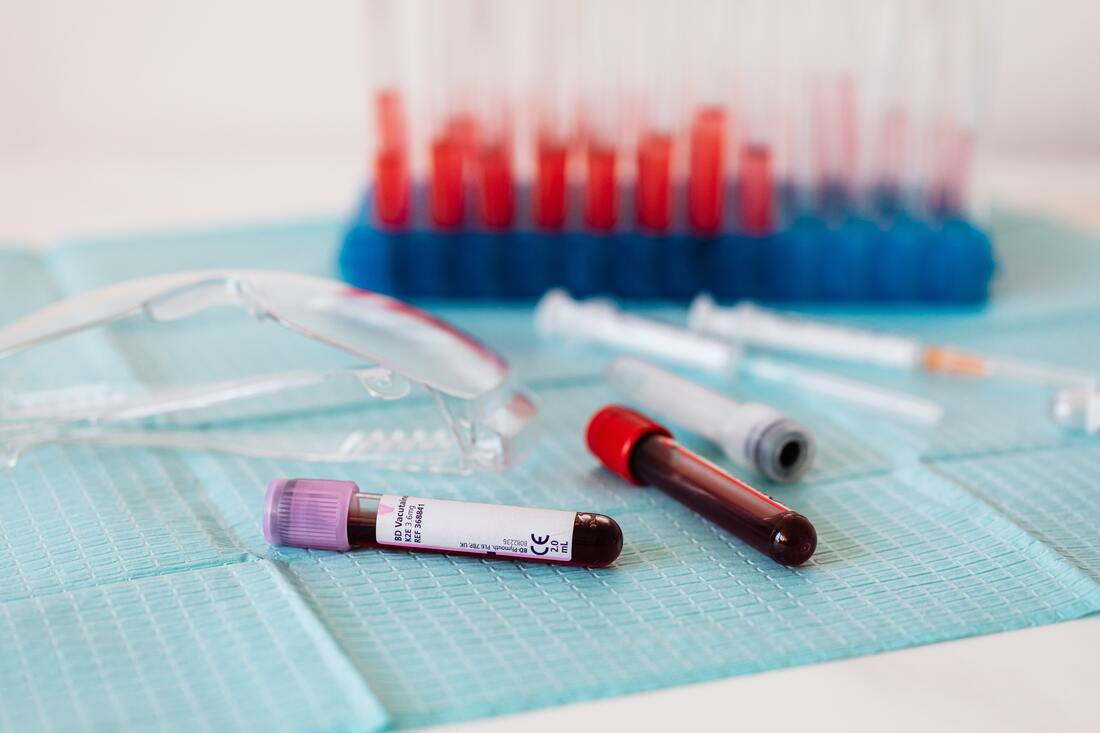





























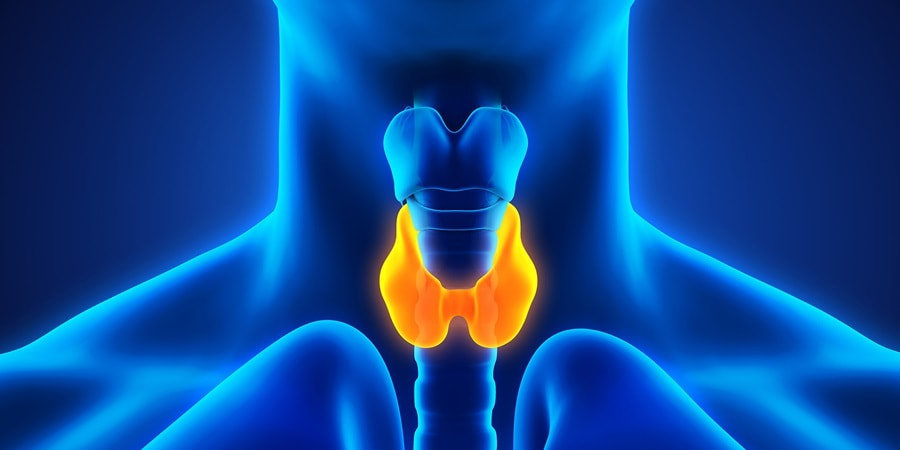
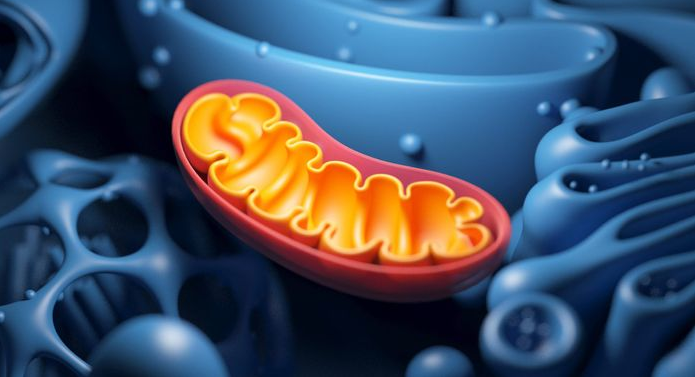


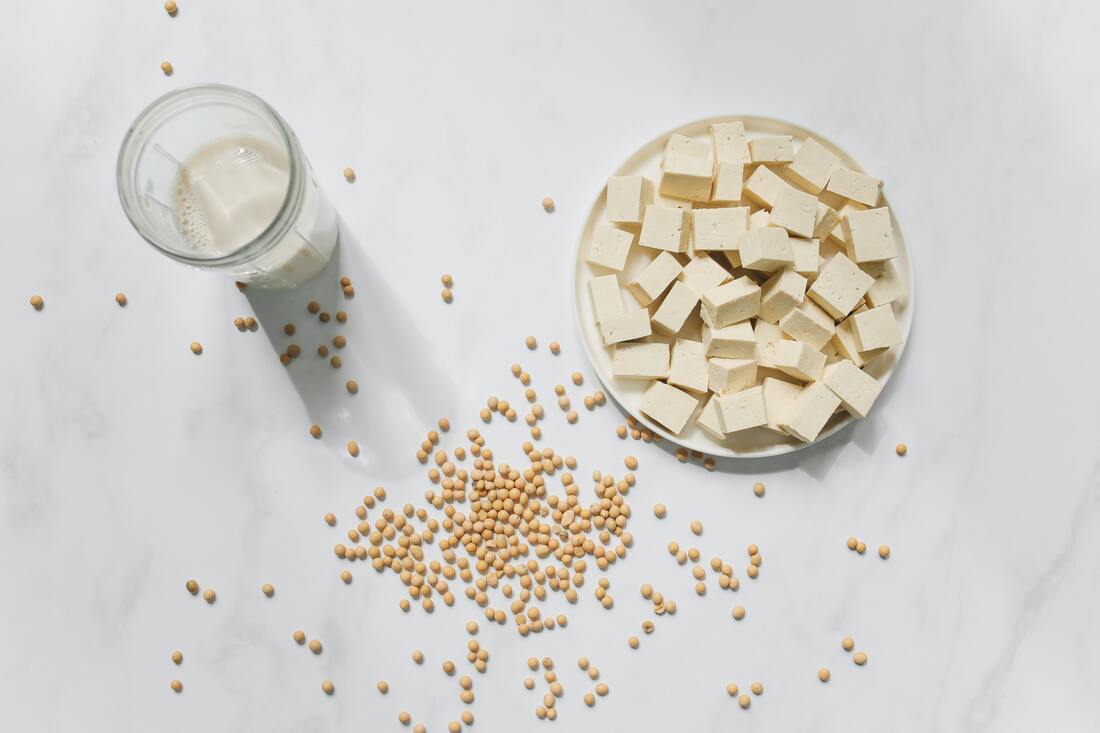





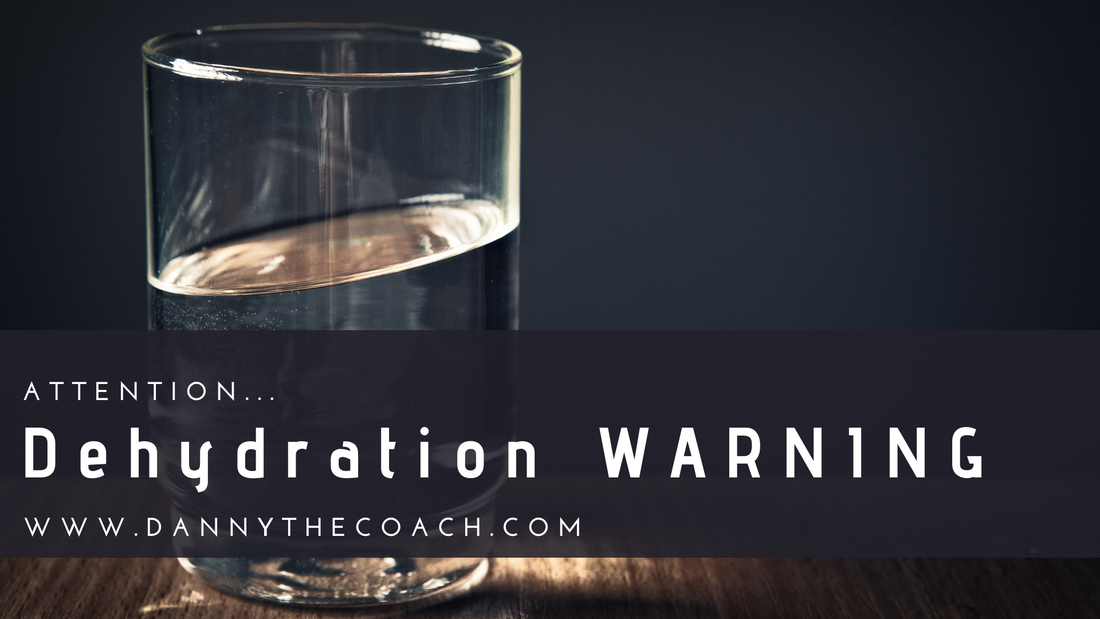

















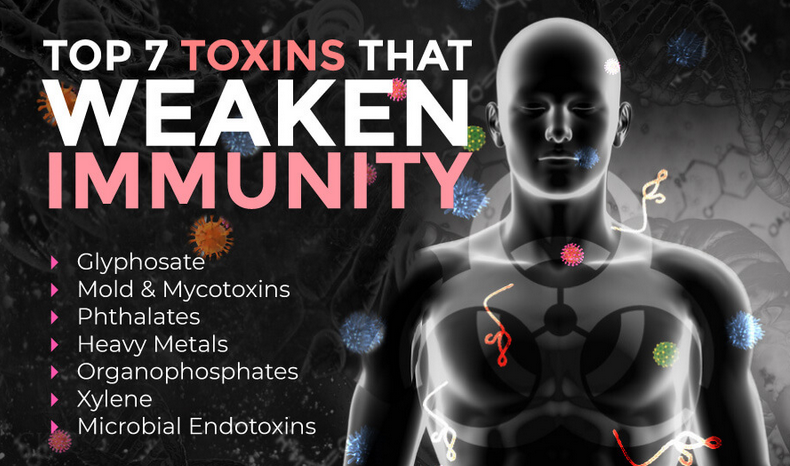

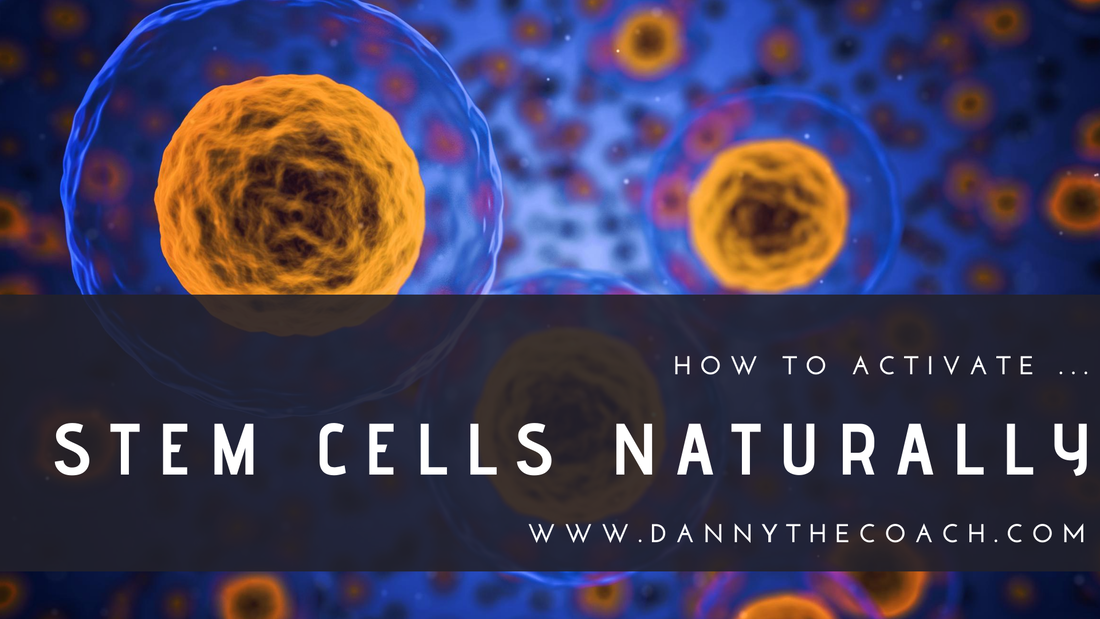





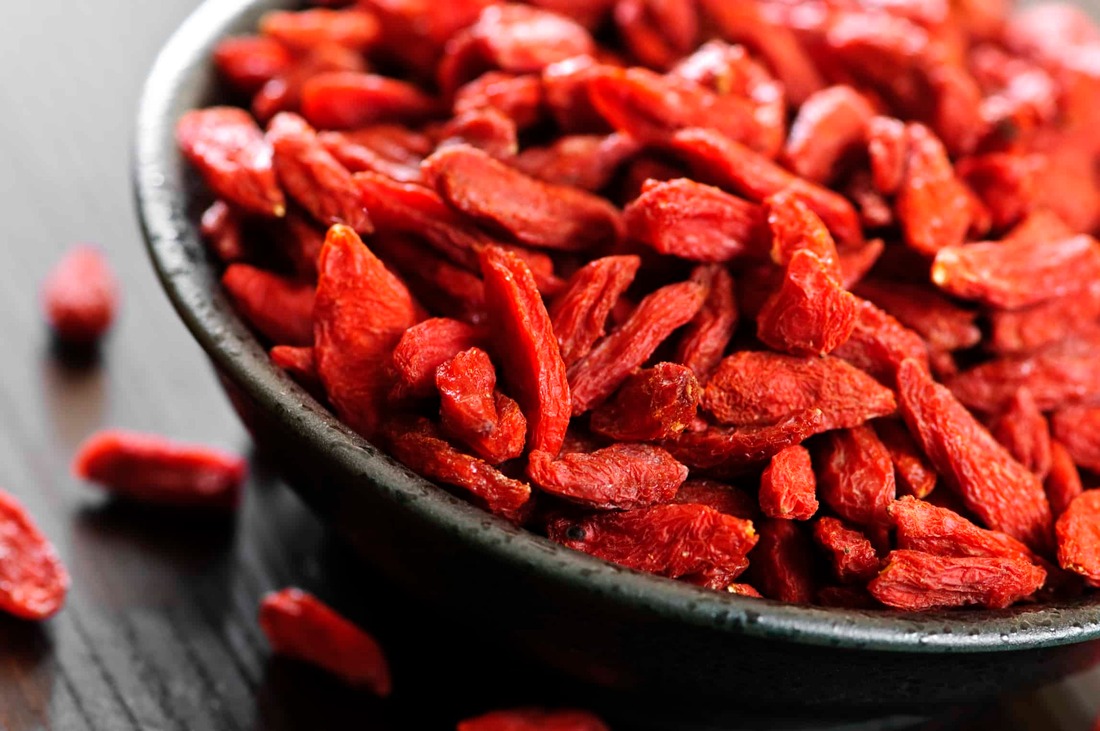
















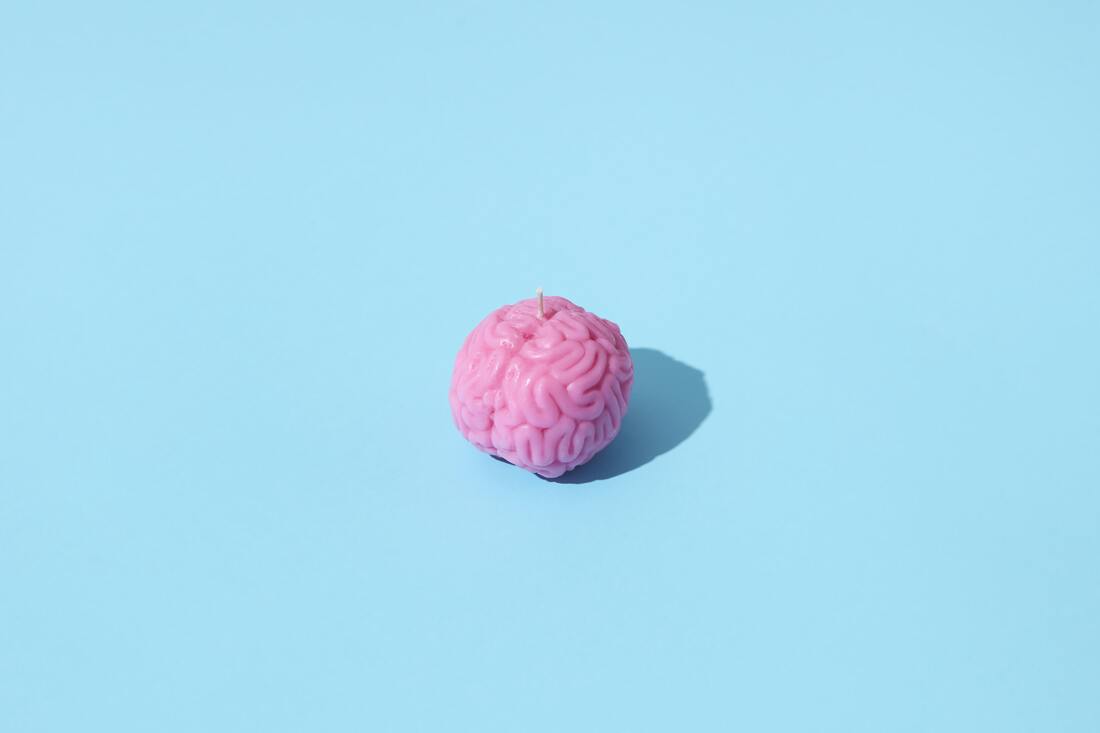

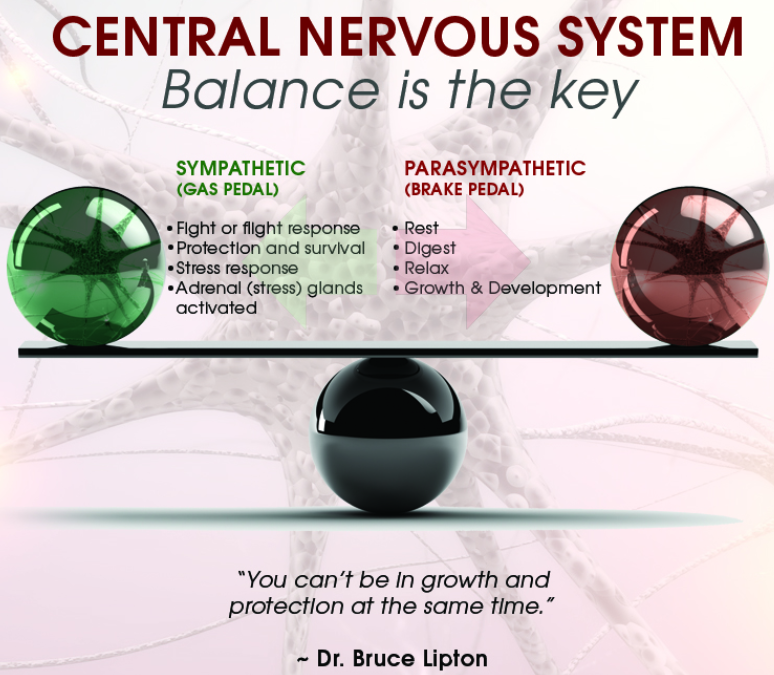



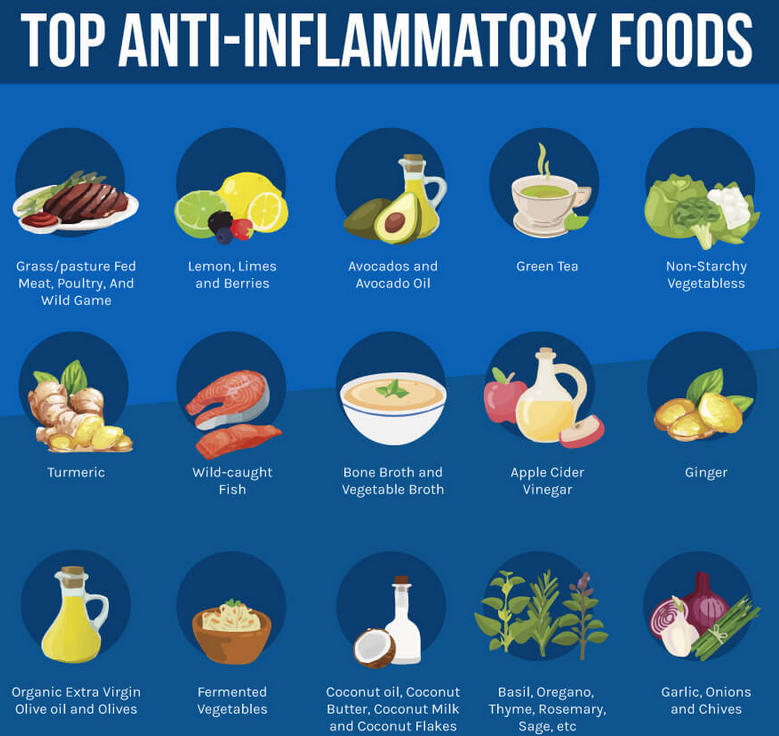



















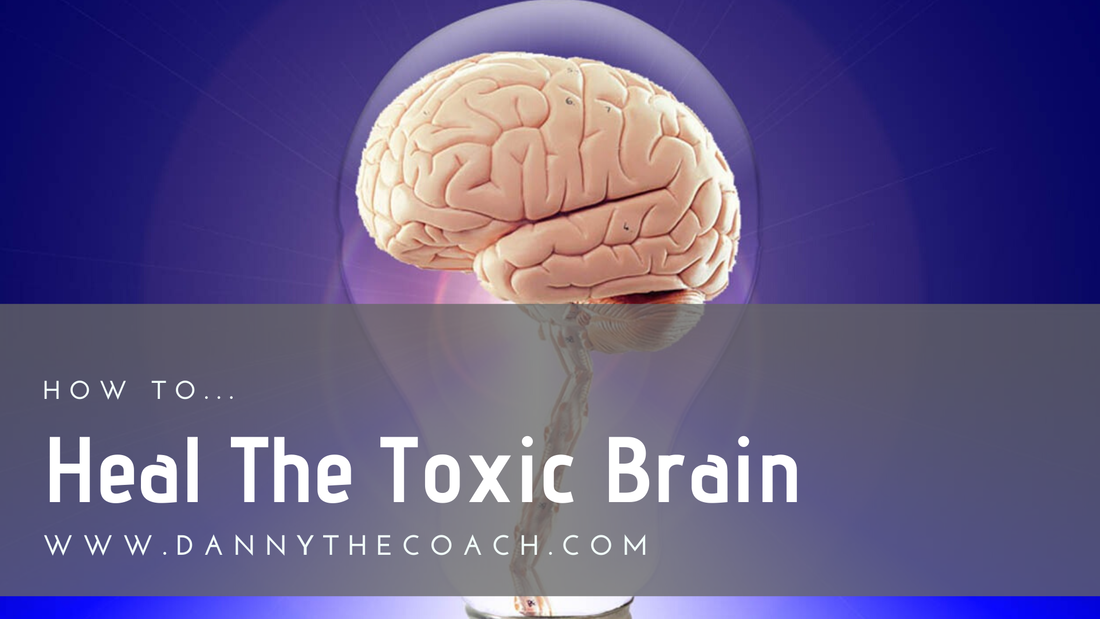

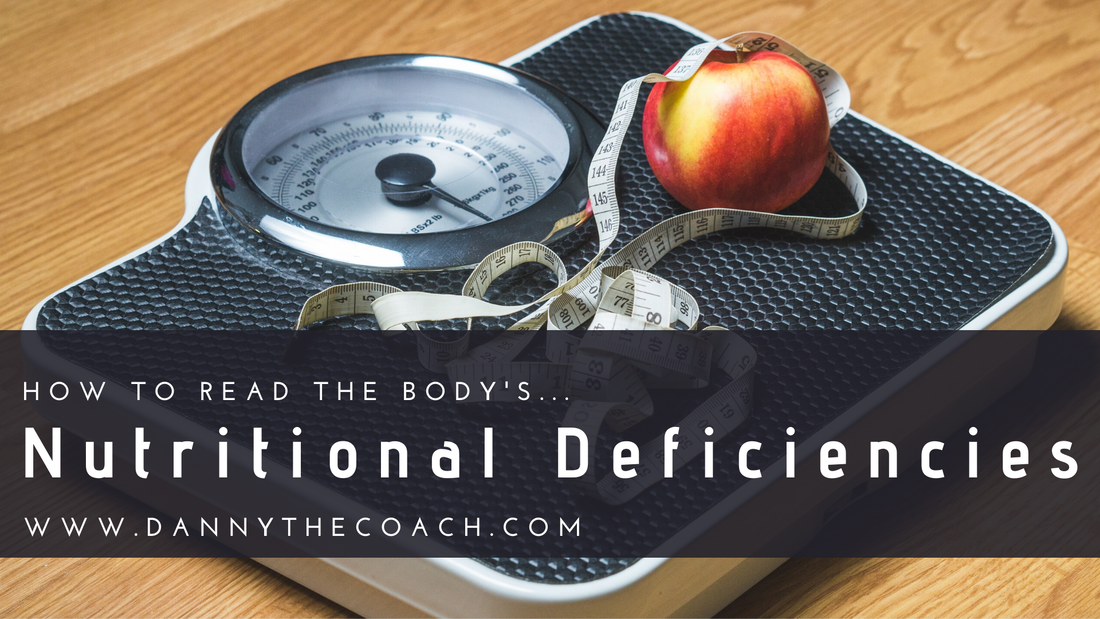
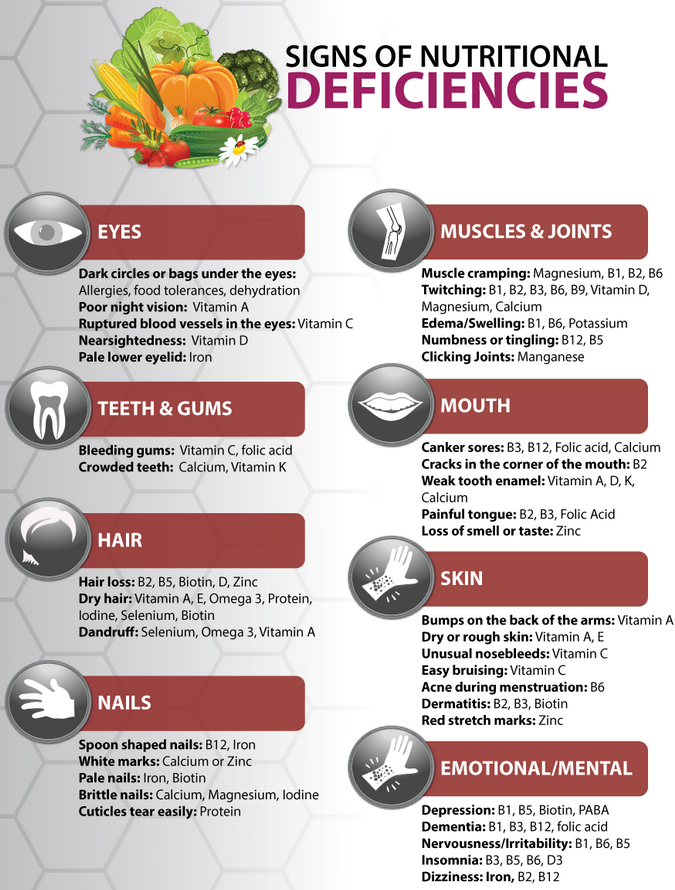

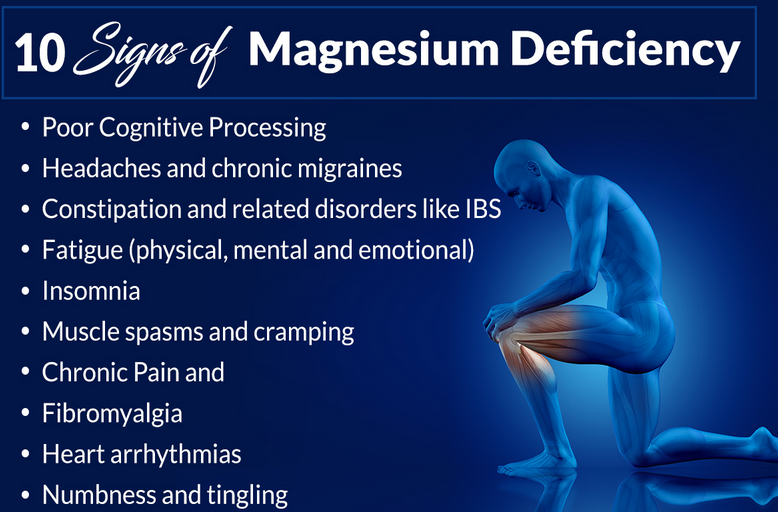
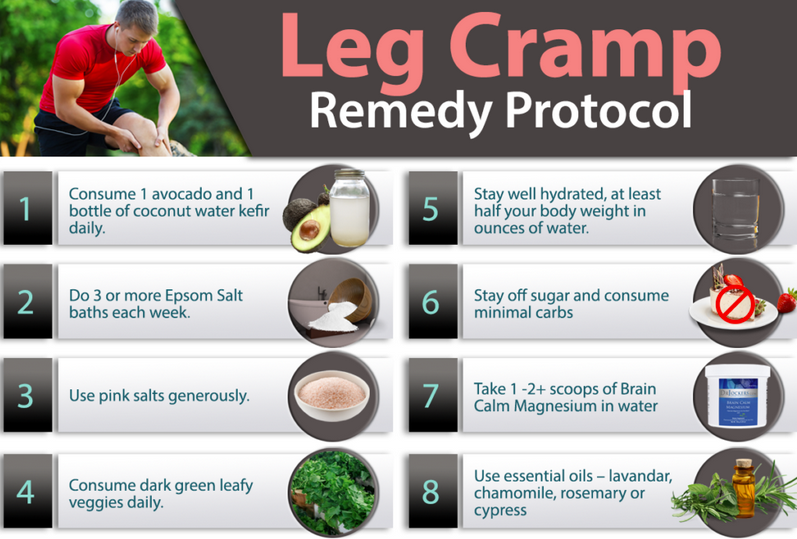










 RSS Feed
RSS Feed